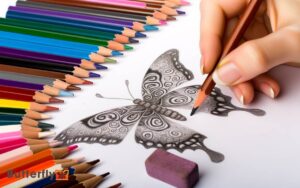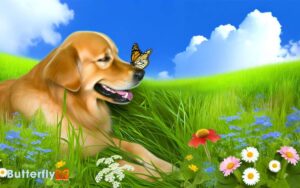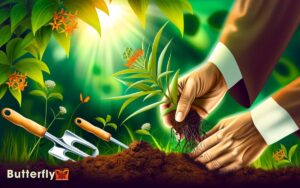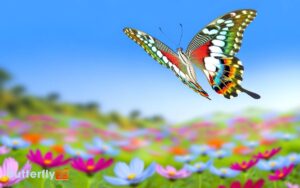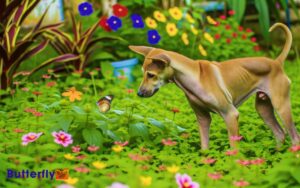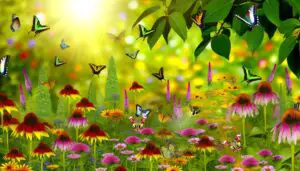3 Colors That Attract Butterflies to Your Garden
Butterflies are captivated by bright colors such as red, orange, yellow, pink, purple, and blue, owing to their sophisticated visual system and broad spectrum light sensitivity, which includes ultraviolet light. Red and orange flowers are particularly favored due to their high nectar content and visibility, enhancing pollination success and energy intake.
Yellow and pink blooms also attract butterflies by providing easily locatable nectar sources. Purple flowers' UV reflectance further increases their allure.
Though blue is less prominently preferred, it still attracts certain species. Understanding the specifics of these attractions reveals essential insights into butterfly foraging and habitat preferences.
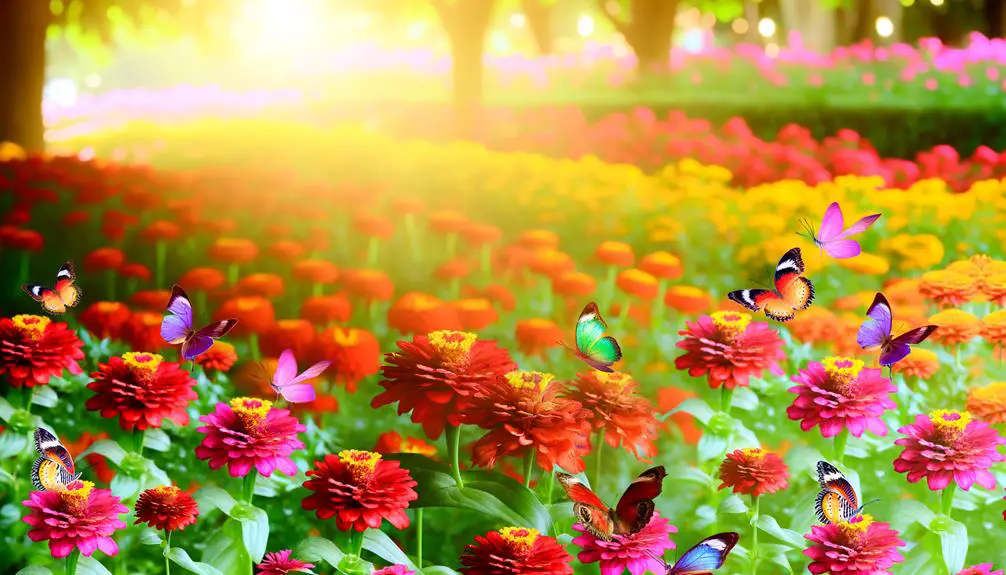
Key Takeaways
- Butterflies are strongly attracted to red flowers due to their photoreceptor sensitivity and higher nectar content.
- Orange flowers with high nectar availability and bright visibility are highly favored by butterflies.
- Yellow flowers are easily spotted by butterflies and often provide plentiful nectar.
- Purple flowers attract butterflies with their high visibility and abundant nectar production.
The Science Behind Butterfly Vision
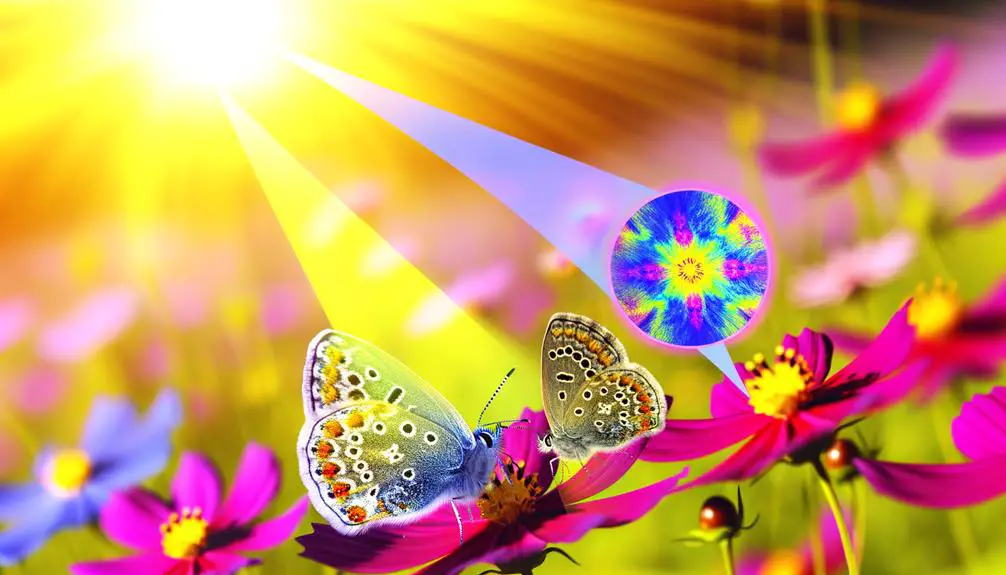
Butterflies possess a unique visual system that allows them to perceive a wider range of colors than humans, including ultraviolet light. This advanced vision is facilitated by the presence of multiple types of photoreceptor cells in their eyes.
While humans typically have three types of photoreceptors (trichromatic vision), butterflies can have up to fifteen different photoreceptor types, enabling them to detect minute differences in color.
This extensive range of color detection aids in various survival functions, such as locating nectar-rich flowers, identifying potential mates, and avoiding predators.
The ability to see ultraviolet patterns on flowers, which are invisible to the human eye, allows butterflies to efficiently find food sources, thereby playing an essential role in their ecology and behavior.
Why Butterflies Love Red
Given the complexity of butterfly vision, it is particularly intriguing that many species exhibit a marked preference for the color red. This predilection can be attributed to the specific photoreceptor cells in their compound eyes, which are highly sensitive to red wavelengths.
Butterflies use these visual cues to locate nectar-rich flowers, many of which display red hues. Additionally, red flowers often produce a higher quantity of nectar, providing an ideal energy source. This evolutionary relationship benefits both the butterflies and the plants, as pollination is facilitated.
Moreover, red coloration can serve as a visual signal in mating behaviors, making it essential for reproductive success. Consequently, the attraction to red is a multifaceted phenomenon rooted in ecological and evolutionary advantages.
The Attraction to Orange
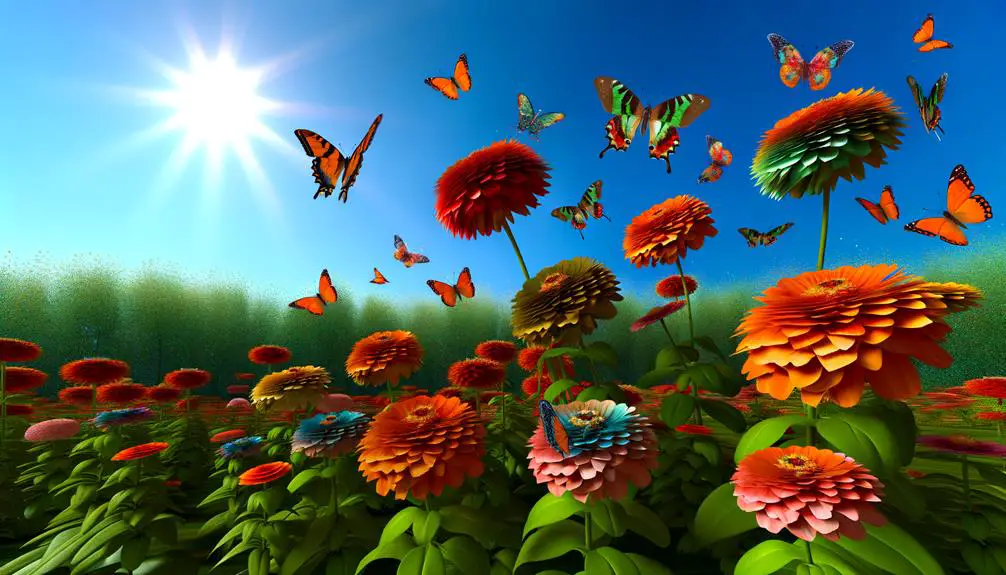
Butterflies exhibit a marked preference for orange flowers, which often provide an abundance of nectar essential for their sustenance.
The high brightness and visibility of orange blooms make them easily detectable to butterflies from a distance.
Additionally, these flowers frequently feature structural characteristics that facilitate efficient nectar extraction, further enhancing their attractiveness.
Orange Flower Preference
Many species of butterflies exhibit a marked preference for orange flowers, a phenomenon that can be attributed to both the visual appeal and the nutritional benefits these flowers provide.
Scientifically, butterflies possess photoreceptors that are highly sensitive to the red-yellow spectrum, rendering orange particularly conspicuous. This color acts as a visual cue, signaling the presence of potential food sources.
In addition, the pigmentation in orange flowers often correlates with the abundance of nectar, a critical energy resource for butterflies. Studies indicate that butterflies use color as a primary factor for locating flowers, enhancing their foraging efficiency.
Consequently, the preference for orange flowers is a behavior deeply rooted in the visual and physiological adaptations of butterflies.
Nectar-Rich Orange Blooms
Among the myriad of floral options, orange blooms stand out not only for their visual lure but also for their high nectar content, which plays a pivotal role in attracting butterflies.
The vibrant orange pigmentation often signals the presence of abundant nectar, an essential energy source for these pollinators.
Species such as the Monarch and the Painted Lady are particularly drawn to flowers like milkweed and zinnias, which exhibit this vivid coloration.
The high sugar concentration in the nectar of these flowers provides the necessary sustenance for the butterflies' long migratory journeys and reproductive activities.
Furthermore, the structural design of many orange blooms facilitates easy access to nectar, enhancing their appeal.
Consequently, orange flowers are indispensable in butterfly gardens and conservation efforts.
Brightness and Visibility
The vivid brightness and high visibility of orange flowers considerably enhance their attractiveness to butterflies, serving as a visual beacon that guides these insects to a reliable food source amidst a diverse floral landscape. Orange hues are particularly effective due to their high reflectance in the visible spectrum, making them easily detectable. This is essential for butterflies, which rely heavily on sight for foraging.
| Characteristic | Emotional Impact |
|---|---|
| Brightness | Hope and Energy |
| Visibility | Confidence and Trust |
| Attraction | Joy and Fascination |
Such visual cues guarantee that butterflies can efficiently locate nectar-rich blossoms, which is crucial for their sustenance and the pollination process. Consequently, orange flowers play a pivotal role in sustaining butterfly populations and promoting biodiversity.
Yellow: A Butterfly Magnet
Yellow flowers are particularly effective at attracting butterflies due to their high visibility and the preference of many butterfly species for this color. The bright yellow hue can be easily spotted by butterflies from considerable distances, making it a vital factor in the pollination process.
Additionally, yellow flowers often have high nectar content, which serves as an essential energy source for these insects.
Key points about yellow flowers and butterflies:
- High Visibility: Yellow shades stand out in natural environments, making them easy for butterflies to detect.
- Nectar Abundance: Many yellow flowers offer plentiful nectar, significant for butterfly sustenance.
Understanding these dynamics can aid in creating butterfly-friendly gardens and habitats.
Shades of Pink
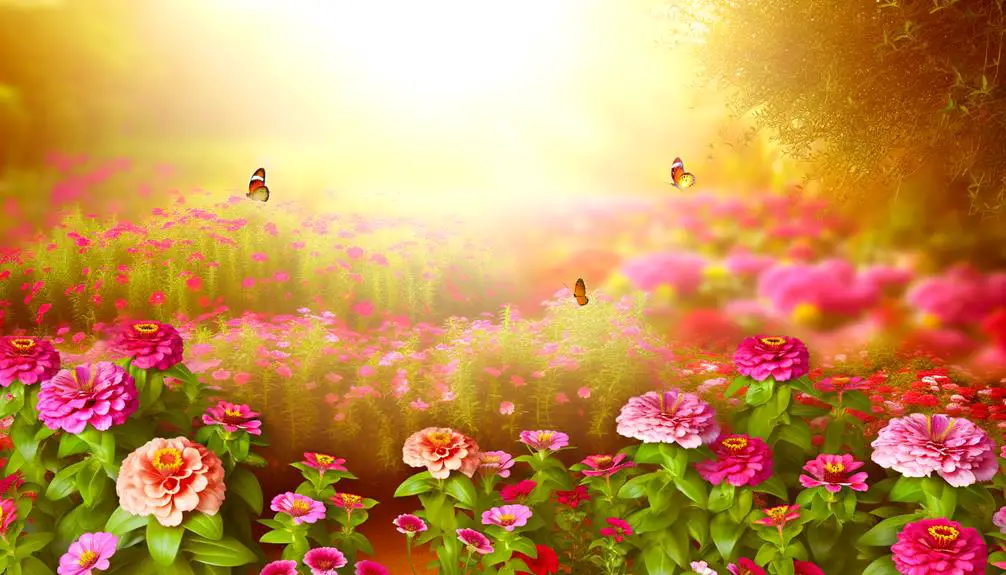
Drawing butterflies with their delicate hues, various shades of pink play a significant role in attracting these pollinators due to their moderate visibility and appealing nectar offerings. Pink flowers, ranging from pastel to vibrant, provide a visual contrast against greenery, making them easily identifiable to butterflies. The spectral properties of pink hues offer a balanced light reflection, aiding in the navigation and foraging behaviors of these insects. Additionally, many pink flowers are rich in nectar, further enticing butterflies.
| Shade of Pink | Nectar Abundance | Butterfly Attraction |
|---|---|---|
| Pastel Pink | Moderate | High |
| Baby Pink | High | Very High |
| Hot Pink | Low | Moderate |
| Rose Pink | Very High | Very High |
| Salmon Pink | Moderate | High |
Understanding these nuances aids in garden planning to support butterfly populations effectively.
The Appeal of Purple
Similarly alluring, purple hues play a pivotal role in attracting butterflies, owing to their high visibility and association with nectar-rich flowers. The ultraviolet spectrum, which butterflies can perceive, makes purple flowers particularly enticing. These flowers often signal a high reward of nectar, crucial for the butterflies' energy needs. Purple flowers such as lavender, lilac, and verbena are frequently visited by various butterfly species.
- High visibility: Purple stands out against green foliage, making it easy for butterflies to locate.
- Nectar-rich: Many purple flowers produce abundant nectar, an essential food source for butterflies.
Understanding these factors helps in gardening and conservation efforts aimed at supporting butterfly populations.
Blue and Its Effects
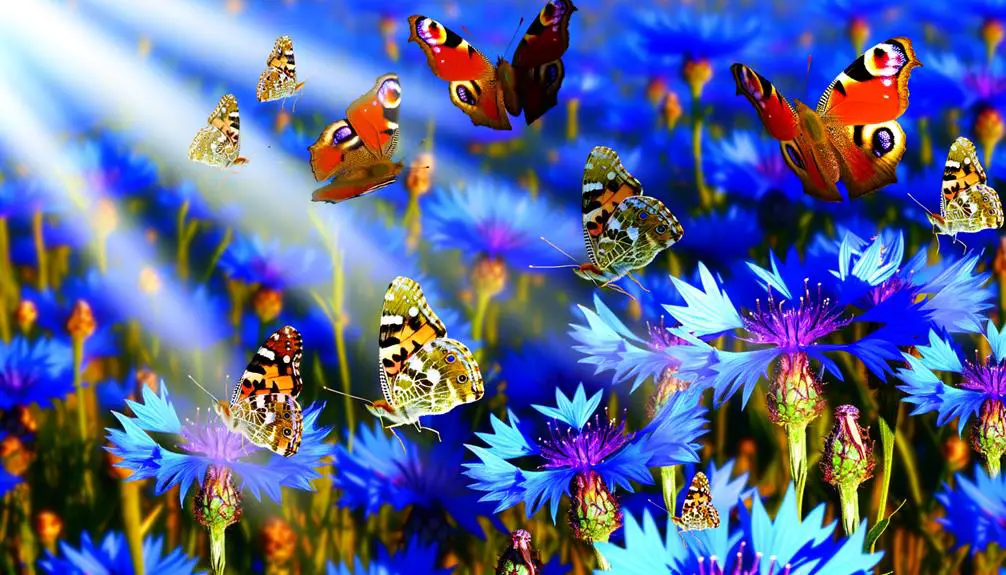
Blue flowers, while less commonly frequented than their purple counterparts, still play a significant role in attracting certain butterfly species due to their distinct coloration and occasional ultraviolet markings. These flowers often emit a spectrum of visual signals that are particularly appealing to butterflies, enhancing their foraging efficiency. Significantly, butterflies such as the Common Blue and the Red Admiral show an affinity for blue hues. The table below displays the relationship between specific butterfly species and their attraction to blue flowers:
| Butterfly Species | Attraction Level | Significant Blue Flowers |
|---|---|---|
| Common Blue | High | Chicory, Forget-Me-Not |
| Red Admiral | Moderate | Bluebeard, Bluebells |
| Painted Lady | Low | Cornflower, Sage |
| Eastern Tailed-Blue | High | Blue Lobelia, Ageratum |
Understanding these interactions assists in predicting butterfly behavior and enhancing conservation efforts.
Designing a Butterfly-Friendly Garden
Creating a butterfly-friendly garden involves selecting a diverse array of nectar-rich plants that cater to the specific preferences and needs of various butterfly species. Incorporating a mix of brightly colored flowers such as reds, oranges, and purples can greatly enhance the garden's attractiveness.
Additionally, consider the following elements to optimize your garden for butterflies:
- Host Plants: Include species-specific host plants for caterpillars, such as milkweed for monarchs.
- Sunlit Areas: Verify the garden has ample sunny spots, as butterflies are ectothermic and require sunlight for thermoregulation.
Conclusion
In understanding the nuances of butterfly attraction to specific colors, a complex interplay between vision and preference is revealed.
The allure of vibrant reds contrasts sharply with the understated charm of blues, while the magnetism of yellows competes with the subtle pull of purples.
Designing a butterfly-friendly garden, consequently, requires a strategic blend of these hues, recognizing the scientific basis behind each color’s appeal. By incorporating a diverse selection of plants, gardeners can attract a wider range of butterfly species, each drawn to specific shades. For instance, the butterfly bush color varieties range from deep purples to vibrant pinks and oranges, offering an enticing visual and nectar-rich feast. This intentional use of color not only enhances the garden’s beauty but also supports butterfly conservation efforts.
This insight underscores the intricate relationship between butterfly behavior and the spectral qualities of their floral environment.

